Preparing Foundations for Success, Support, and Change
Please enter a valid quantity
Please select a product format
That product is out of stock
BEFORE YOU BUY...
This course is one of more than 750+ CE courses in the ASHA Learning Pass, which gives you unlimited access to more than 1,350 hours of CE content for the cost of just one or two a la carte courses.
*If this is a recent SIG Perspectives course, you must also be a Special Interest Group (SIG) affiliate to unlock it as part of your subscription.
Already an ASHA Learning Pass subscriber?
Login
In this SIG 4 activity, authors explore ways to provide experiential learning to graduate
students enrolled in stuttering courses (Palasik, Hughes, & Ellis) and discuss the clinical
experiences of school-based speech-language pathologists related to stuttering (Panico,
Daniels, Yarzebinski, & Hughes), strategies for teachers to support children who stutter
(Cozart & Wilson), and ways to interrupt the narrative of ableism that surrounds the
treatment of stuttering (Gerlach-Houck & Constantino). Each of these articles provides a
unique perspective on ways that professionals can seek to create a more supportive
environment for our clients who stutter by changing the foundations of the way we teach
preservice clinicians, support our school-based colleagues, and address the narrative of
ableism that pervades our culture.
Learning
Outcomes
You
will be able to:
- describe which fluency-enhancing techniques graduate students felt more
comfortable, less anxious, and more positive toward
- provide examples of clinical situations that school-based clinicians indicated
they were least comfortable providing services in
- list the three items rated most helpful for teachers to do to support students
who stutter
- provide examples of practices that interrupt ableism in stuttering therapy and
research
Assessment
Type
Self-assessment—Think
about what you learned and report on the Completion Form how you will use your
new knowledge.
Articles
in This Course
- Perceptions of Using Fluency-Enhancing Techniques: A Survey of Graduate Student
Experiences by Scott Thomas Palasik, Charles Hughes, and Kellie Ellis, published in SIG 4, Volume 7, Issue 2,
April 14, 2022
- Clinical Experiences of School-Based Clinicians With Stuttering: A Mixed Methods
Survey by James Panico, Derek E. Daniels, Charity Yarzebinski, and Charles D. Hughes, published in SIG 4, Volume 6, Issue 2,
April 28, 2021
- Strategies for Teachers to Support Children Who Stutter: Perspectives of Speech-Language Pathologists by Gabrielle Cozart and Laura Wilson, published in SIG 4, Volume 7, Issue 1,
February 11, 2022
- Interrupting Ableism in Stuttering Therapy and Research: Practical Suggestions by
Hope Gerlach-Houck and Christopher D. Constantino, published in SIG 4, Volume 7, Issue 2,
April 14, 2022
|

